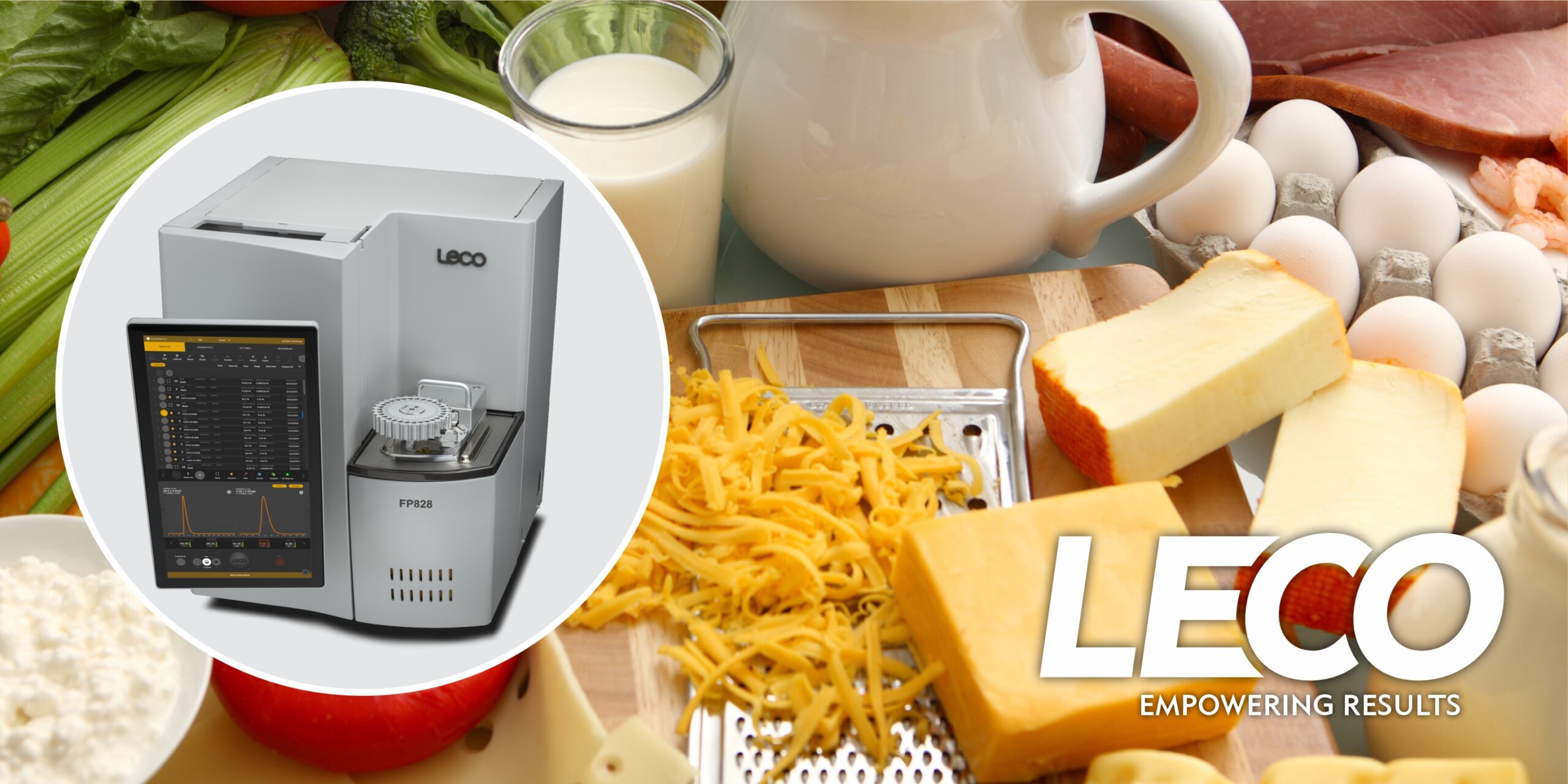 In the race between the tortoise and the hare, which style of instrument analysis is best for your lab? Slow and steady or fast and loose? Unlike the fable, however, there is no one-size-fits-all approach to elemental analysis, and that is precisely why LECO’s instruments do not employ one-size-fits-all methods.
In the race between the tortoise and the hare, which style of instrument analysis is best for your lab? Slow and steady or fast and loose? Unlike the fable, however, there is no one-size-fits-all approach to elemental analysis, and that is precisely why LECO’s instruments do not employ one-size-fits-all methods.
When time is money in a lab, and shaving just five or ten seconds off each single analysis time could mean hundreds or thousands of dollars of extra revenue each day, absolute accuracy may take a backseat to increased throughput. There are ways to cut cycle times: decrease stabilization times, decrease outgas cycle lengths and amounts, and reduce other parameters. Each reduction in time does increase the uncertainty in the results, with a higher signal-to-noise ratio and elevated rates of blank contamination and flow perturbations. In a production control or routine analysis environment, however, these trade-offs might not matter quite as much.
In a high-precision certification or research lab, even a small bit of uncertainty might be too much to sacrifice. By increasing stabilization times, increasing outgas cycles and lengths, and increasing other parameters, analytical precision can be optimized at the cost of time.
An instrument that can be highly accurate regardless of speed is the best solution for both of these situations as it also provides flexibility as your needs change. The ideal balance of speed and precision for your analysis is likely somewhere in-between the extremes, and being able to set that sweet spot specific to your lab may make all the difference in your evaluation of productivity.
 LECO decided to put our ONH836 oxygen, nitrogen, and hydrogen determinator to the test in a recent application note. We pushed the method used to the extremes for both speed and precision and compared the results. The fastest method shaved a full 1.25 minutes off the analysis time but in some cases more than doubled the standard deviation. Both extreme methods did produce accurate results, with the only real variation being the level of uncertainty.
LECO decided to put our ONH836 oxygen, nitrogen, and hydrogen determinator to the test in a recent application note. We pushed the method used to the extremes for both speed and precision and compared the results. The fastest method shaved a full 1.25 minutes off the analysis time but in some cases more than doubled the standard deviation. Both extreme methods did produce accurate results, with the only real variation being the level of uncertainty.
To see the data for yourself, fill out the form below to view the application note.
This form is rendered in an iframe. If it does not load, you may view it here.




